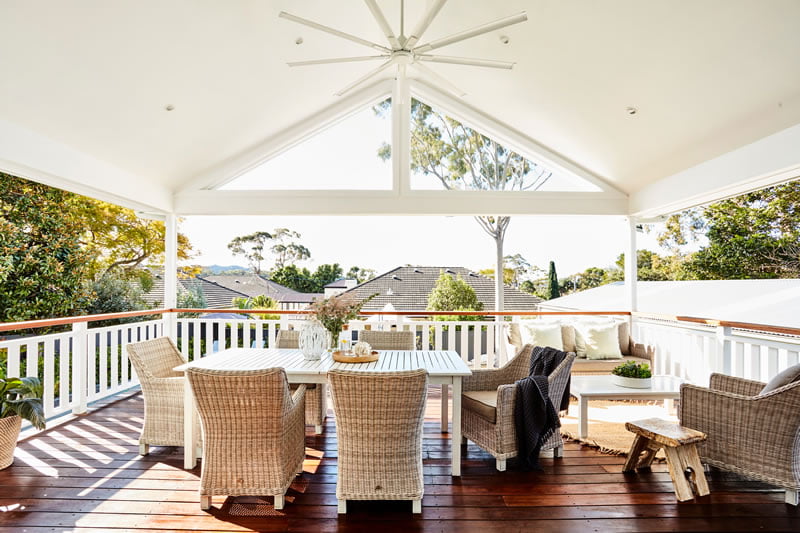Aeronautics has a glorious history of unlikely aircraft but, speaking as an engineer, these should never include roofs. By Paul Davis
Forget the Wright Brothers, an Australian, Lawrence Hargrave was the first person in the world to fly in a heavier-than-aircraft. He predated the Wright brothers. Okay… it wasn’t powered flight – it was a large kite – but he did fly!
Apart from taking a major step towards a future of air transport, Hargrave proved that something that looks like a big washing basket could fly! His kite was a canvas box with open ends, and it flew due to Hargrave’s ingenuity, not because of any streamlining.
So, if a washing basket can fly, then perhaps we can consider what other sorts of objects can do the same. As an aircraft-obsessed kid, the cartoonish XF-85 Goblin come to mind (Google it) as does the ‘Flying Bedstead’ that infamously almost killed Neil Armstrong when he was training for the Apollo missions. Eddie the Eagle flew in the 1998 winter Olympics, and it was clear that was just wrong.
If virtually any shaped object can be made to fly, then it’s not unreasonable to think about the prospect of one of our roofs taking off.
A classic wing cross-section has a flat underside and a top surface profiled so that the wind passing over the top must take a longer path than the wind under. That perfectly describes a roof such as a freestanding pitched roof picnic shelter, a porte cochere entry to a house, or a pitched roof over an alfresco area, which many new houses have nowadays.
The wind running under these open structures travels unimpeded but the wind blowing over the top of the roof must travel a longer path. My favourite equation in all of engineering beautifully describes this – okay, okay I know I am a total geek, but Bernoulli’s equation and its vast range of applications is amazing! As designers, we sadly don’t need to whip out Bernoulli – the higher-tier Wind Loading Standard AS 1170.2 does the work to describe the wind loads for us in a series of tables.
One significant effect on the wind load is whether the air can pass relatively unobstructed underneath or whether it is impeded, for example by partial walls or planter boxes. If, in the standard’s terminology, the roof is more than 50% ‘blocked under’, then the wind loads on the roof start to rise to significantly higher values.
The wind loads are also highly dependent upon the roof pitch. Up to about 15 degrees, wind loads are pretty much like a normal gable ended roof, at least when ‘empty under’. But up around 30 degrees they are hellishly high. So, awkwardly, right around the slope where most domestic roofs are pitched, we have the highest wind loads.
I’d be happy to be corrected, but I suspect that your truss design software struggles to properly assign the correct wind load to these ‘pitched free’ roofs. I have never seen the important question of whether they are ‘blocked under’ asked by the software; this would be a tell-tale that it is designing for this situation.
That ‘other’ wind standard AS4055, is silent on the issue of these ‘free’ roofs, so in some ways pitched free roofs are included by omission, even though the wind loads it produces would be mostly wrong.
So, I suspect some alfresco roofs, and similar, are being designed for a lower wind load than required. I’m struggling to come up with any recommendations to help you combat this problem (assuming your software doesn’t cover this situation). You could manually crank up the wind pressure coefficient in your software and so perhaps a short-term solution would be your providers issue some sort of guidance on how to adapt your software use. Ideally, longer term, the software should be upgraded. I’d suggest at least you ask your supplier how these roofs are treated so you can make decisions as appropriate.
I still am somewhat aircraft obsessed. While some guys might be watching the footy or reading car magazines, I am googling cold war era fighter jets or comparing the merits of a Sopwith Camel and a Fokker Triplane. In fact, a good friend and I have idly discussed buying a second-hand MiG-21 (going-price: half to one million dollars) and refurbishing it as a ‘project’ for the mancave.
I did start flying lessons about 18 months ago. My still-developing flying ability and a MiG-21 (top speed 2000km/h) would be a deadly combination! However, even if I could afford the plane, I couldn’t afford the fuel bill. At 250 litres per minute, rest assured readers, that I will not be dying in a plane crash; this TrussTalk column will continue!
Paul Davis is an independent structural engineer managing his own consulting firm Project X Solutions Pty Ltd. The views in this column are Paul’s and do not reflect the opinions of TimberTrader News. Phone: 02 4576 1555, Email: paul@projectxsolutions.com.au
Image credit: Shutterstock/PhotoMavenStock












